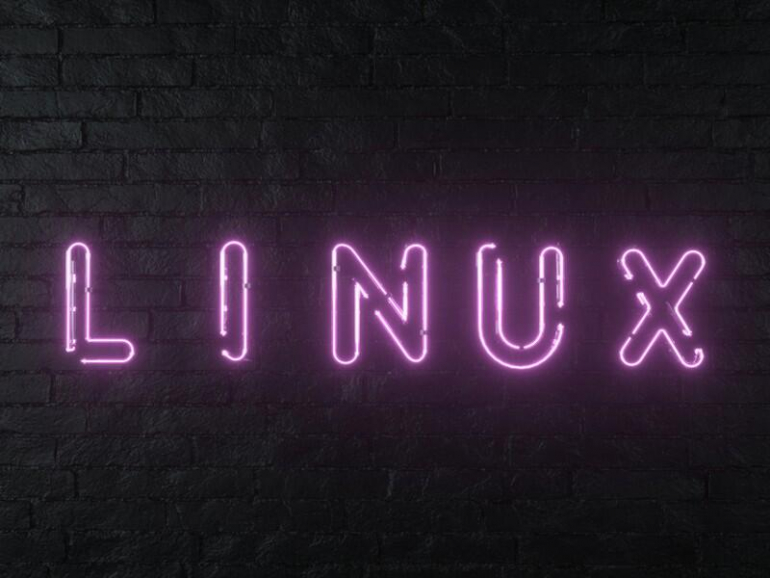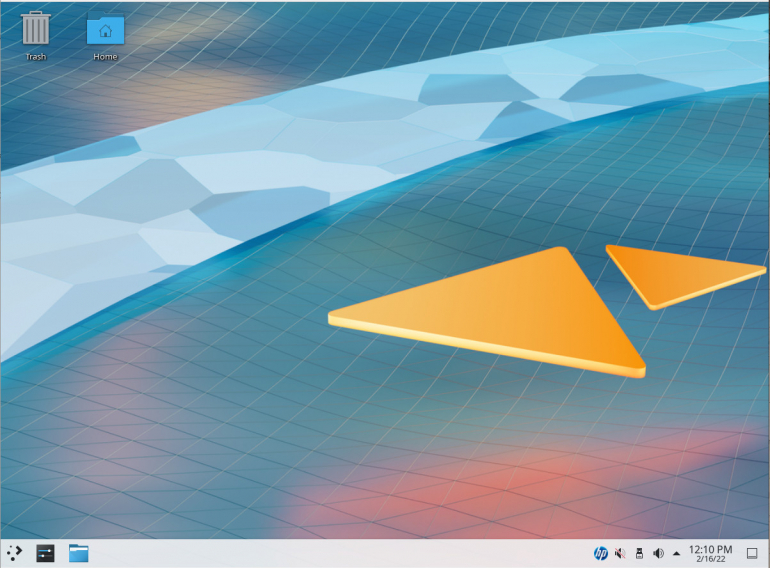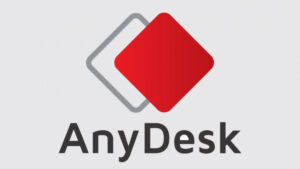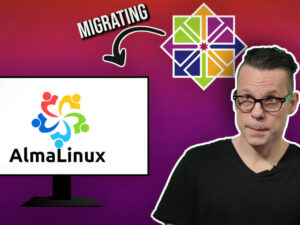
There are moments when I think, “I miss the old days of Linux when things were a bit more challenging.” I know … it’s crazy, right? We don’t ever want to move in reverse, it’s always forward, forward, forward. And with Linux, forward means modern, productive, user-friendly and just works. So, when I harken back to those days of yore, I remember the ncurses installers, the challenging network configurations, the manual building of just about any package you want to install.
SEE: 40+ open source and Linux terms you need to know (TechRepublic Premium)
It wasn’t easy but it certainly set me up to succeed with modern Linux distributions. After all, if you were able to work with those early releases, this new age of simplified Linux is a cakewalk.
But, again, every so often I want to remind myself from whence I came.
Ergo, I decided I need to kick the tires of the latest release of Slackware.
Slackware 15 was only just recently released. This latest iteration was in development for six years. Six. Years. To put that into perspective, when Slackware 15 started its development process, Ubuntu 16.04 had just been released (we’re about to see the release of Ubuntu 22.04).
This new version of Slackware, includes kernel 5.15, KDE Plasma 5.23, support for both Qt4 and Qt5. In fact, the changes between Slackware 14 and 15 are too numerous to list. This is, for all intents and purposes, a completely different version of the same distribution. Everything is new, everything is improved and everything is fresh.
What is Slackware?
You know Linux, but what exactly is Slackware? Originally created in 1993, based on Softlanding Linux System, Slackware is a multi-user, UNIX-like operating system that aims to offer as user-friendly and reliable an experience as possible. Since its first release, Slackware has held true to a simple philosophy:
“The Slackware Linux Project has aimed at producing the most ‘UNIX-like’ Linux distribution out there. Slackware complies with the published Linux standards, such as the Linux File System Standard. We have always considered simplicity and stability paramount, and as a result, Slackware has become one of the most popular, stable and friendly distributions available.”
It’s been quite some time since I’ve experimented with Slackware, so this very much felt as though I was looking at something for the first time. What did I expect? Honestly, I expected much more of a challenge.
That should come as a surprise because very few people associate Slackware with ease of use. However, given the default desktop is now KDE Plasma, it should come as no surprise that (at least post-install) everything “just works” with that typical KDE Plasma polish. The trick is, however, getting past the installation.
Let me explain.
An installation waiting to trip you up
Even with the live version of the latest release, the installation of Slackware does very much take me back to those old days. The installation is all handled within the terminal window and very quickly drops you into an ncurses-like tool.
For anyone that remembers installing Linux in the old days, the Slackware installer shouldn’t be a problem. The only issue I ran into was the installation of LILO (Linux Loader). That, in itself, was a surprise, given how most distributions have long since made the shift to Grub as a boot mechanism.
It took me three attempts to get LILO installed because the automatic installation failed every time. But once I managed to get over that hurdle, I rebooted and was greeted by the KDE login screen. Once logged in, it was like I’d been transported from the early 2000s to now (Figure A).
Figure A

At this point, I could have been using just about any modern Linux distribution. I found nearly every piece of software I needed to immediately get productive. The caveat is that there is no GUI available for software installation. To install software, open a terminal window and prepare to type. For example, to upgrade install software, issue the command:
sudo slackpkg upgrade-all
The process for installing packages first begins with a search. The best place to start is the slackbuilds.org repository. But even then installation is tricky. Here’s what you have to do:
- Locate the package to be installed on Slackbuilds.org. Download both the .gz and the .deb files.
- Unpack the .gz file.
- Move the .deb file into the newly created directory.
- Change into the newly created directory.
- Give the .SlackBuild file executable permissions with
chmod u+x APP.SlackBuild(where APP is the name of the downloaded app). - Change to the root user with
su. - Run the SlackBuild script with
./APP.SlackBuild(where APP is the name of the app to be installed). - Change into the /tmp directory.
- Install the package with
installpkg APP.tgz(Where APP is name of the of the app).
Yup, it’s a convoluted process to install a simple application. Is it worth it?
Once upon a time, the appeal of Slackware was that it was the single most rock-solid operating system on the planet. It really was that good. Thing is, other Linux distributions are now capable of offering that same level of stability (or at least close), while at the same time giving users much easier routes to install the OS and necessary applications.
Even still, there’s something to be said about using an operating system that takes this much time and care in the development process. Slackware is something special and should be considered by anyone who prefers absolute stability over a few conveniences. Slackware has always impressed me, and the latest release does not disappoint.
Subscribe to TechRepublic’s How to Make Tech Work on YouTube for all the latest tech advice for business pros from Jack Wallen.
Source of Article



